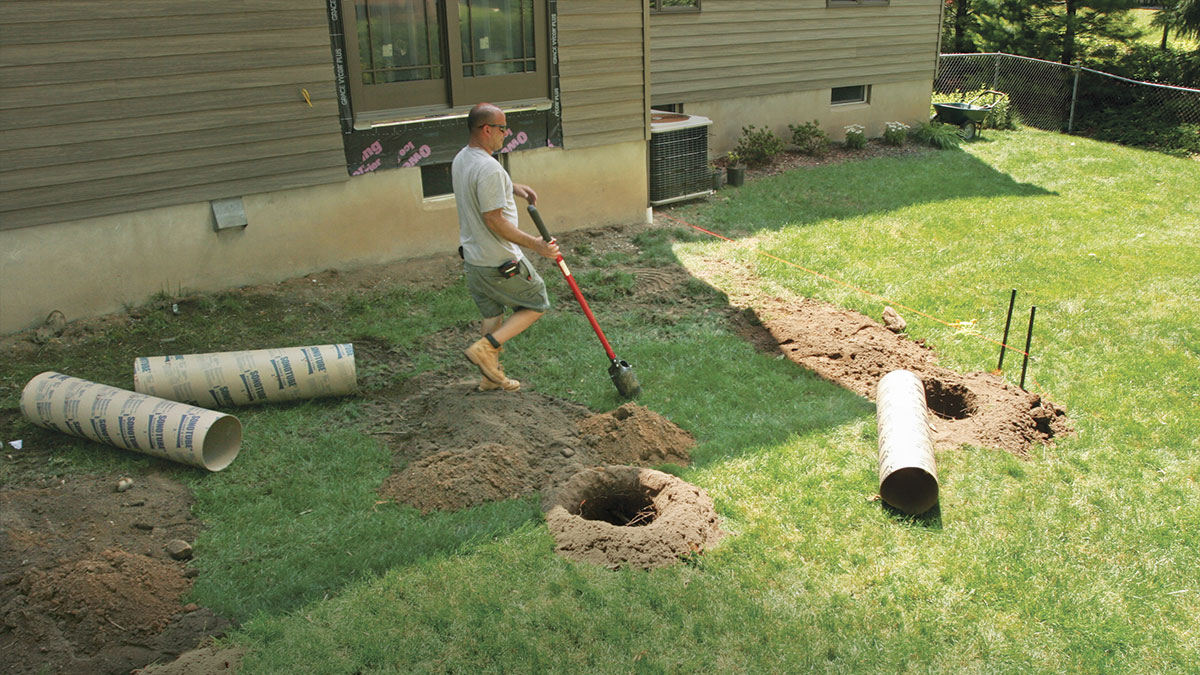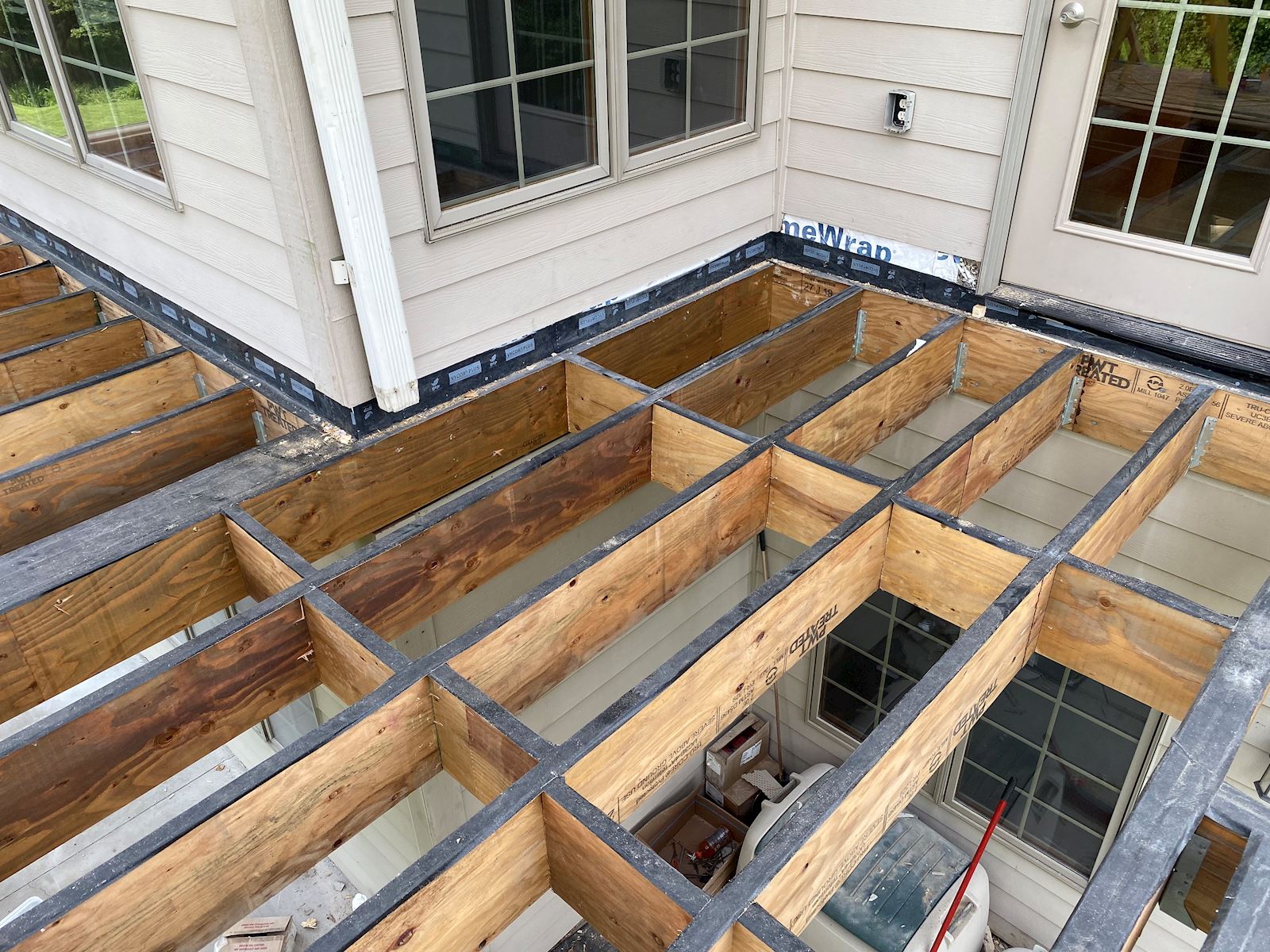Solid Structures, Beautiful Decks: The Ultimate Overview to Deck Footings
Structure a Strong Foundation: Unveiling the Secrets of Deck Footing
When it pertains to constructing a deck, one vital element that commonly goes forgotten is the foundation or ground. A properly designed and solid deck footing is necessary for the stability and durability of any type of deck structure. In this informative guide, labelled "Building a Solid Structure: Unveiling the Secrets of Deck Footing," we will certainly check out the importance of proper footings, the different types available, and the factors to take into consideration when picking the ideal ones for your deck job. We will provide step-by-step instructions on how to prepare and mount grounds appropriately. Lastly, we will certainly discuss the importance of normal maintenance and assessment to make certain the ongoing safety and security and toughness of your deck footings. Join us as we uncover the tricks to constructing a trustworthy deck structure.
Significance of Correct Footings

Among the main reasons why proper footings are important is to avoid the deck from sinking or moving. Footings that are not deep enough or are poorly created can cause the deck to work out erratically or shift gradually. This can cause an uneven deck surface area, creating a stumbling threat and compromising the structural honesty of the entire deck.

Moreover, appropriate grounds additionally help to safeguard the deck from wetness damages. By raising the deck framework above the ground, grounds avoid the wood from entering into straight contact with moisture, minimizing the threat of rot and decay.
Kinds Of Deck Footings
The choice of ideal deck footings is a critical element in guaranteeing the security and long life of a deck structure. There are several sorts of deck footings that can be utilized, each with its own benefits and factors to consider.
One usual kind of deck footing is the concrete pier footing. This entails digging holes in the ground and putting concrete to produce a strong structure for the deck. Concrete piers are functional and can be utilized in a range of dirt problems, making them a prominent option for many deck jobs.
Another alternative is the helical pier ground. This kind of footing includes a steel shaft with helical plates that are screwed into the ground. Helical piers are ideal for locations with inadequate dirt problems or locations susceptible to high water tables. They provide outstanding stability and can be adjusted to the wanted elevation.
For decks improved superficial or flat structures, a shallow footing may be appropriate. Superficial grounds are typically made of concrete and are placed straight on the ground surface area. They are best fit for smaller decks or locations with secure dirt conditions.
Factors to Consider When Picking Grounds
When picking footings for a deck, it is important to thoroughly take into consideration numerous aspects that will eventually identify the stability and sturdiness of the structure. The first variable to think about is the kind of soil on which the deck will be developed. Different dirt types have varying load-bearing capacities, so it is necessary to examine the soil's capability to support the weight of the deck. Furthermore, the environment of the region must also be taken right into account. Extreme climate condition, such as hefty rainfall or freezing temperatures, can affect the ground and possibly trigger motion or changing of the footings. One more crucial variable is the dimension and elevation of the deck. Larger decks with several degrees or hefty tons require even more considerable grounds to provide appropriate assistance. The materials utilized for the footings need to be chosen sensibly. Usual options consist of concrete, helical piles, and sonotubes. Each material has its downsides and benefits, so it is vital to think about factors such as expense, convenience of setup, and upkeep demands. Last but not least, talking to a specialist designer or service provider can ensure and provide useful understandings that the selected footings meet neighborhood building ordinance and guidelines. By meticulously considering these elements, property owners can make enlightened choices when picking grounds for their deck, ensuring a steady and sturdy structure.
Steps to Prepare and Mount Footings
To prepare and set up grounds for a deck, it is vital to follow a methodical technique that guarantees security and sturdiness. The very first action is to figure out the dimension and number of footings Continued called for based on the deck design and neighborhood structure codes. By complying with these steps carefully, one can make certain that the footings are appropriately prepared and set up, providing a solid foundation for the deck framework.
Maintenance and Inspection of Deck Footings
To ensure the long-term security and safety and security of your deck, routine maintenance and thorough evaluations of the deck footings are crucial. The deck footings offer as the foundation of your deck, sustaining the weight and lots of the entire structure. In time, these footings can experience damage because of numerous elements such as climate conditions, dirt activity, and the natural aging process. It is critical to carry out regular maintenance to determine any kind of possible problems and resolve them without my link delay.
Routine upkeep should consist of aesthetic inspections of the footings, trying to find signs of damage or wear and tear. These can consist of splits, shifting or sinking of the footings, or indicators of water damage. In addition, it is vital to check the stability of the grounds by using stress or performing tons tests if needed.
Along with aesthetic examinations, it is recommended to arrange expert assessments every couple of years. Specialists can evaluate the architectural honesty of the grounds a lot more properly and give skilled suggestions on any kind of needed repair services or substitutes.
Furthermore, proper maintenance additionally entails taking safety nets to protect the grounds (Deck Footings). This can include applying water resistant finishes to avoid water damages, making sure appropriate drainage to avoid excessive moisture, and normal cleansing to remove debris and prevent build-up
Verdict
In final thought, appropriate deck grounds play a crucial function in guaranteeing the security and longevity of a deck. By understanding the different sorts of grounds offered and considering variables such as dirt problems and local building ordinance, house owners can make informed decisions when choosing grounds for their deck. Additionally, normal maintenance and inspection of deck footings is important to recognize any possible problems and ensure the safety and security of the structure.
In this useful overview, titled "Structure a Strong Foundation: Revealing the Keys of Deck Footing," we will certainly check out the significance of correct footings, the various kinds offered, and the elements to consider when selecting the appropriate ones for your deck project.One typical type of deck ground is the concrete pier ground.To guarantee the long-lasting security and safety of your deck, normal upkeep and extensive assessments of the deck grounds are important.In verdict, proper deck footings play a critical duty in ensuring the security and longevity of a deck. By understanding the different types of useful reference grounds available and thinking about aspects such as dirt problems and neighborhood building codes, homeowners can make educated choices when picking footings for their deck.